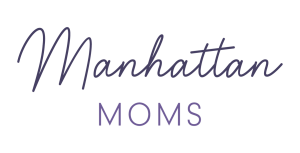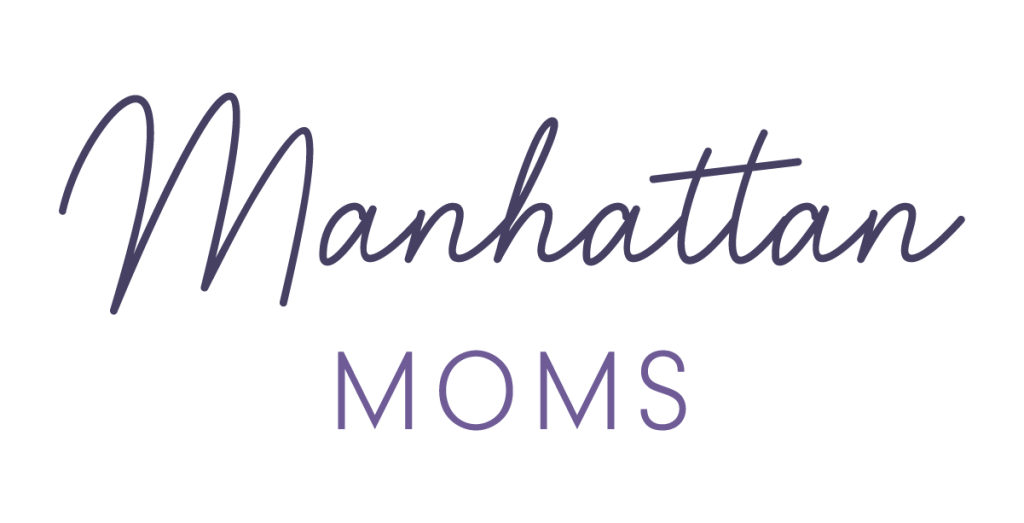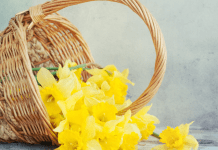The Jewish High Holiday season is almost upon us! Not sure what that means or what that will mean for your Jewish friends? This quick and helpful guide will give you an overview of the most important holiday season in your Jewish friend’s lives and how to help them celebrate!
Rosh Hashanah
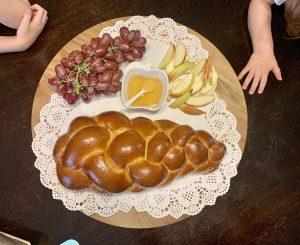
Starting at Sundown on Wednesday, Oct. 2, Rosh Hashanah, the Jewish New Year begins! Rosh Hashanah is a two-day holiday celebration and is one of the two High Holidays to arrive each Fall. It is customary to wish someone “Shanah tovah!” (shah-NAH toh-VAH) — Have a good year!
As the Jewish New Year begins, you will find your Jewish friends celebrating what is known as the “birthday of the world.” Rosh Hashanah is is a time for sweet treats such as apples and honey and round challah. The holiday is filled with singing, prayers, reflection and often spent together with family and loved-ones. You will also hear the Shofar (ram’s horn) being blown over the day.
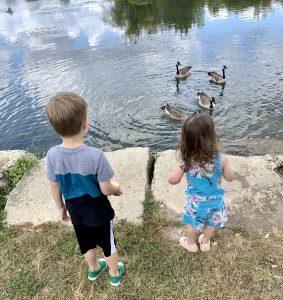
Rosh Hashanah has a special cleansing ceremony called tashlich, which means to “cast” or “throw away.” This is the opportunity to throw away our bad actions. People ideally gather by a flowing body of water and traditionally toss breadcrumbs but more modernly, leaves or little rocks to not disrupt creatures living in the water, into the water, to symbolically do away with our bad actions. The item we toss represent the actions from this last year we want to change and the water represents the life flow inside all living things.
Yom Kippur
On the eve of Friday, October 11 the second High Holiday, Yom Kippur (YOHM kee-POOR), begins. Yom Kippur, the Day of Atonement, is an entire day set aside for thinking about our actions over the past year and how to improve as we move into the next year. When you see someone on Yom Kippur, you can say “G’mar hatimah tovah” (ge-MAHR hah-tee-MAH toe-VAH), which means, “I hope a good judgment is sealed for you in the Book of Life.”
Sukkot
Five days after Yom Kippur, a special celebration called Sukkot (soo-COAT), begins. Sukkot is known as ‘the time of our joy’ and is a harvest festival that lasts for an entire week. Sukkot is a time to celebrate the work of turning ourselves around as we focused on the High Holidays. Sukkot is traditionally celebrated within a Sukkah, which is a tiny, temporary, hut we build outside, away from all of our clutter inside, to focus on what is important – being with our family.
Simchat Torah
The Jewish New Year season ends with one last celebration: Simchat Torah (seem-CHAHT toe-RAH) which means “Rejoicing with the Torah.” The Torah is the first five books of the Bible that tells the story of the Jewish people. During Simchat Torah, people dance with the Torah to celebrate!
As Simchat Torah ends, we can look back on our three-week holiday journey and reflect on how much we have grown. We have hopefully moved forward from the past and are focusing on creating the best version of ourselves!
Manhattan Area Congregations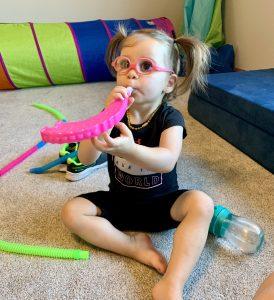
Manhattan Jewish Congregation is the only local synagogue.This self-led community is small and mighty. Leading all of their own services, MJC is increasing their young family involvement including specific family events around the High Holidays and then starting a once a month Tot Shabbat later this fall. Information can be found directly on the website, however the most information comes from meeting in person and then signing up for the newsletter.
Just outside of the area, you can visit the Lawrence Jewish Community Congregation and also Temple Beth Sholom in Topeka.
